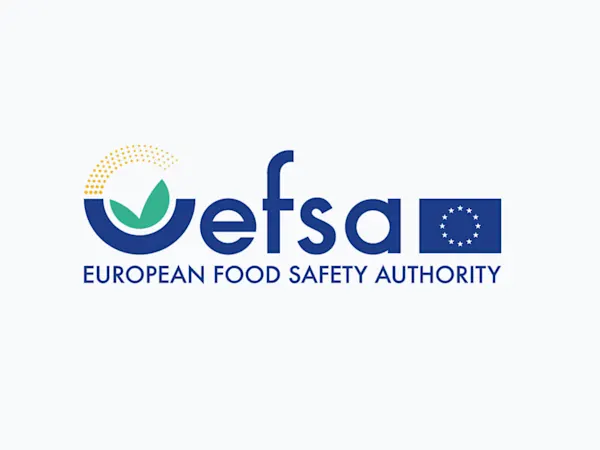
ChemSec Adds Neurotoxicants to SIN List in Landmark Step for EU Chemicals Regulation
ChemSec updates the SIN List with neurotoxicants, spotlighting brain-damaging chemicals and urging EU regulators to act swiftly on these hidden threats.


China’s proposed Ecological and Environmental Code (Draft) sets out a transformative legal framework that consolidates the nation’s fragmented environmental laws into a single, integrated code. For professionals across the manufacturing value chain—from chemical producers to downstream users in electronics, textiles, and pharmaceuticals—the implications are substantial.
The 1,188-article draft, issued by the Standing Committee of the National People’s Congress, introduces stricter environmental governance aligned with the country’s climate and pollution reduction goals. Among its most significant features is a robust new framework for chemical substance regulation, which mandates comprehensive risk controls, strengthens supply chain transparency, and aligns with international treaties such as the Stockholm Convention.
The Code's Pollution Prevention section consolidates existing laws on air, water, soil, noise, radiation, and waste, and introduces new regulatory instruments for chemical substances, light pollution, and electromagnetic emissions.
The chemical management provisions mark a major shift in China’s regulatory posture. These include:
Particular focus is placed on persistent organic pollutants (POPs) and emerging contaminants such as per- and polyfluoroalkyl substances (PFAS). These substances are widely used across sectors but pose long-term risks to human health and ecosystems. The new framework supports listing, monitoring, and ultimately restricting such substances through regulatory action.
The Code’s provisions extend well beyond chemical manufacturers. Industries reliant on chemical inputs—including automotive, aerospace, textiles, and consumer goods—will face increased pressure to trace, report, and control substance use throughout the supply chain.
Notably, the Code supports environmental labelling, green public procurement, and finance mechanisms linked to compliance. This creates new market advantages for early adopters of safer alternatives and more transparent sourcing practices.
Public authorities will gain stronger enforcement tools, while civil society and NGOs are empowered to bring environmental litigation. This reflects a broader trend toward participatory, accountable environmental governance—raising reputational and legal stakes for non-compliance.
Foresight continuously tracks 1000s of sources and maps updates to your portfolio:




ChemSec updates the SIN List with neurotoxicants, spotlighting brain-damaging chemicals and urging EU regulators to act swiftly on these hidden threats.

EFSA launches consultation on updating its Weight of Evidence and Biological Relevance guidance, aiming to streamline chemical risk assessment practices.

OECD’s new chemical data sharing guide promotes fair access, transparency, and regulatory alignment—helping companies reduce duplication and meet compliance obligations globally.
Subscribe to Foresight Weekly and get the latest insights on regulatory changes affecting chemical compliance.
Free forever. Unsubscribe anytime.
Read by professionals at